Analyzing patients’ urine samples allowed researchers to identify a biomolecule which could one day lead to developing a cure for asthma.
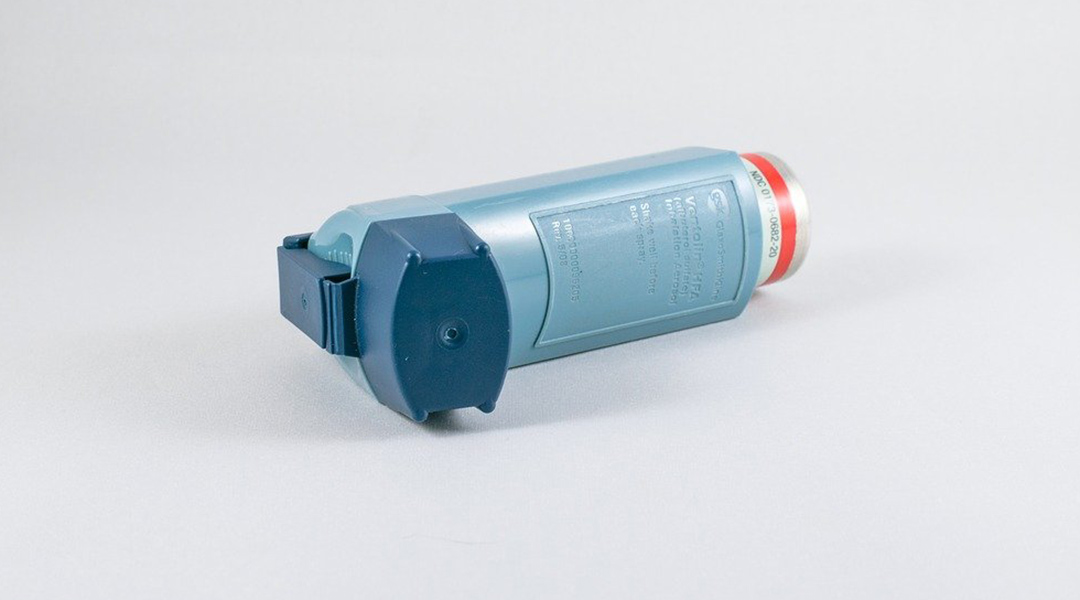

Analyzing patients’ urine samples allowed researchers to identify a biomolecule which could one day lead to developing a cure for asthma.
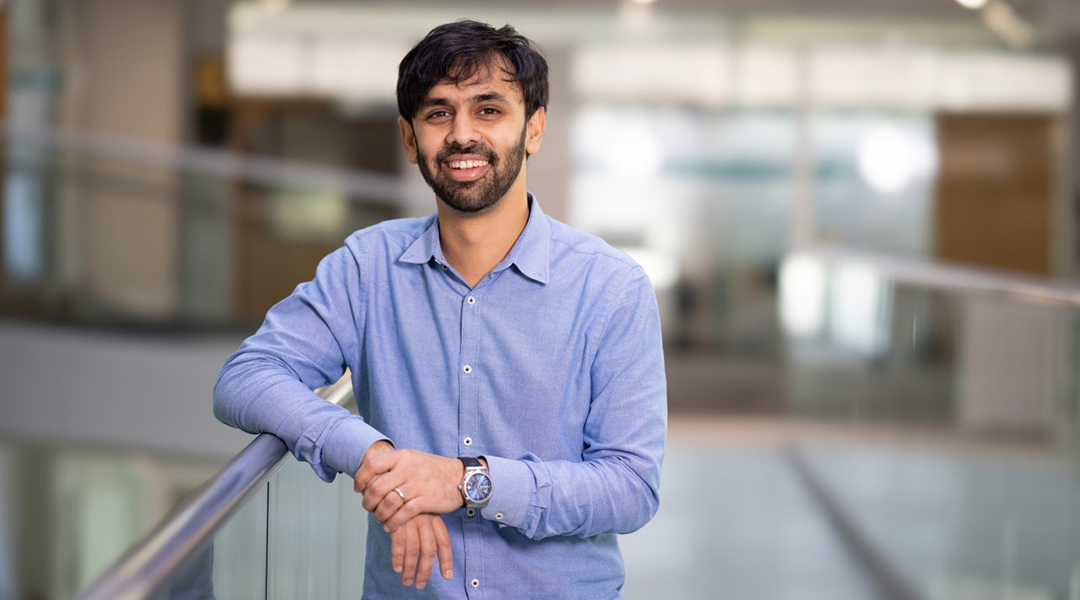
Biologist Gautam Dey is deciphering the evolution of the cell nucleus to answer fundamental questions in biology.
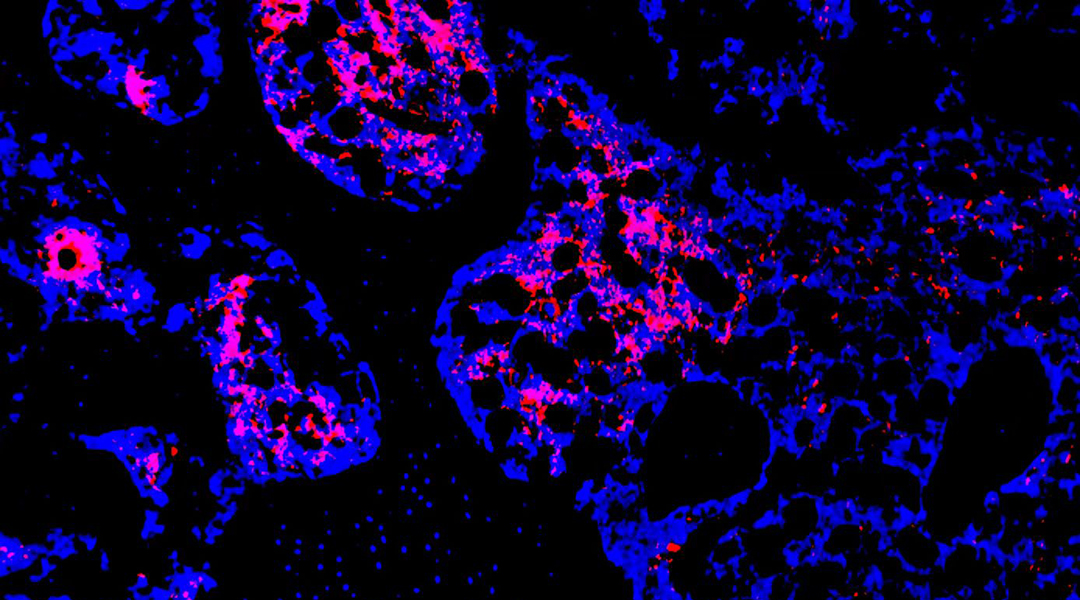
In the lab, a multi-functional hydrogel was shown to not only repair defects but also strengthen bone weakened by osteoporosis.

Microrobots dubbed “microwalkers” can both swim and walk, allowing them to transverse challenging biological environments.
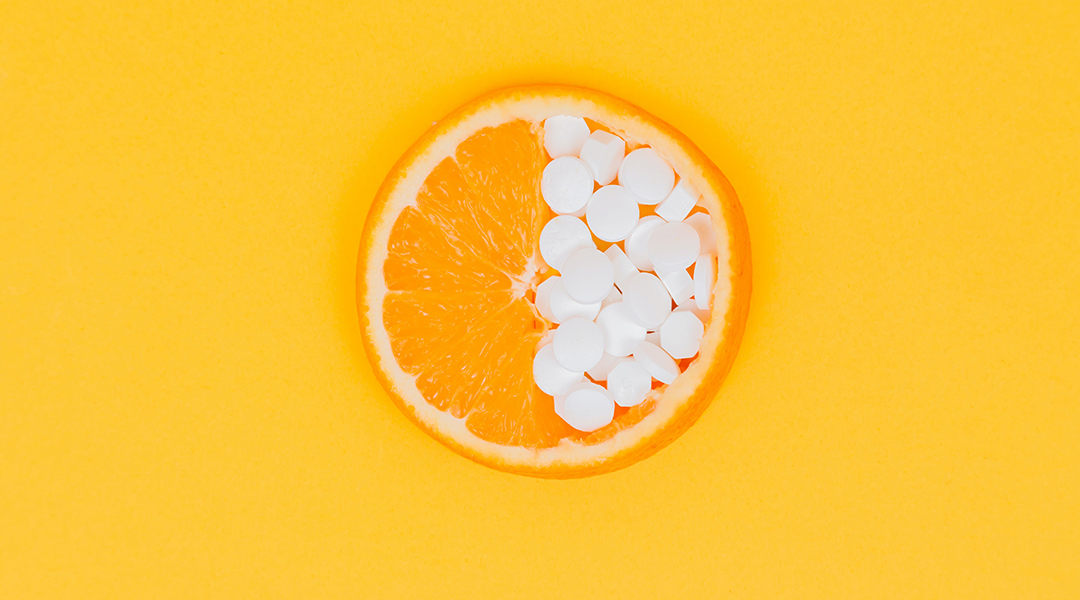
In a cohort of almost 700,000 people, scientists take a closer look at whether vitamins help in preventing cancer and heart disease.
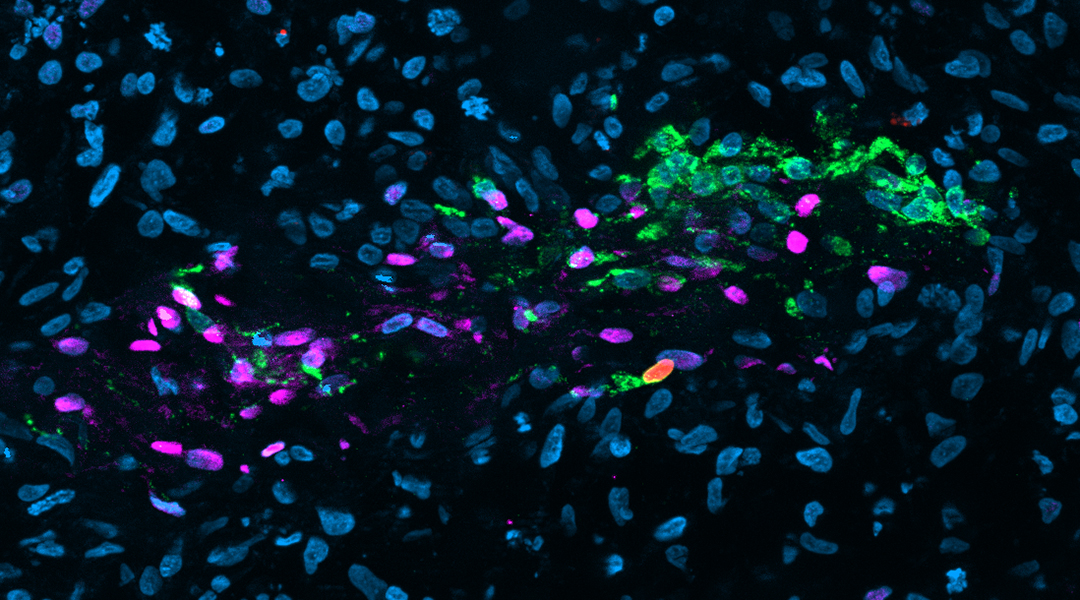
Dehumidifying pendants, the origins of olfactory neurons, microspectrometers, and transforming cancer agents.

When researchers create narratives that invite communities into the storytelling, the outcome can be more responsive, relevant, and just.

The new sensors reliably and uniformly detected molecular signals, and their performance remained intact when tested again after two and a half months.
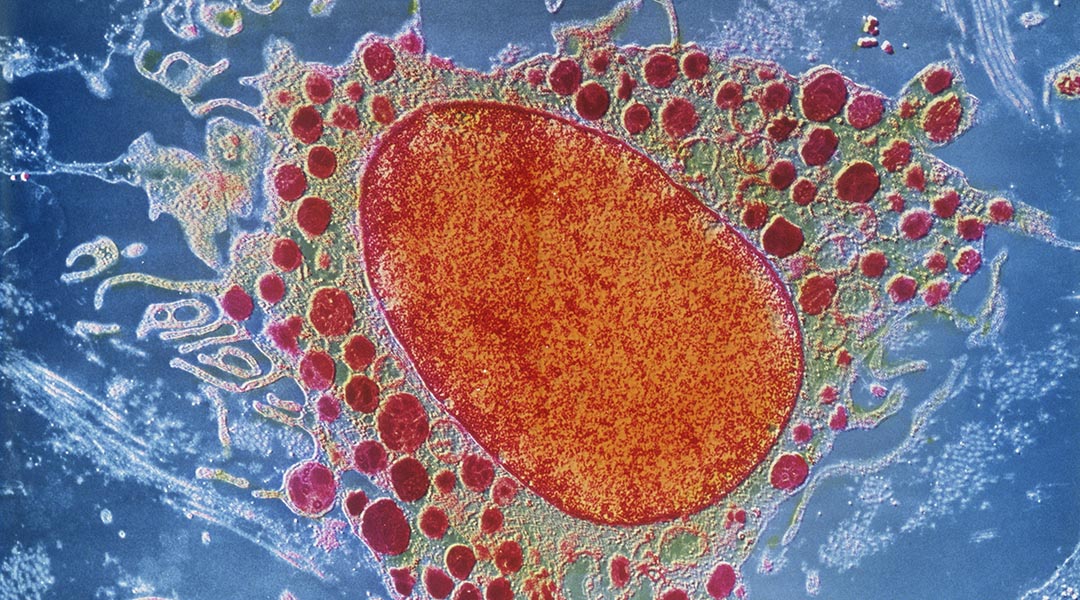
An extensive library of over one million cells could pave the way for new and repurposed treatments for a number of autoimmune diseases.

We need a means of reducing carbon emissions and tackling the climate crisis, but is painting nuclear energy and natural gas as “sustainable” the way forward?